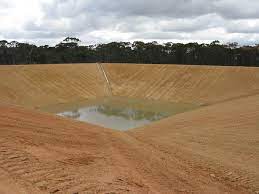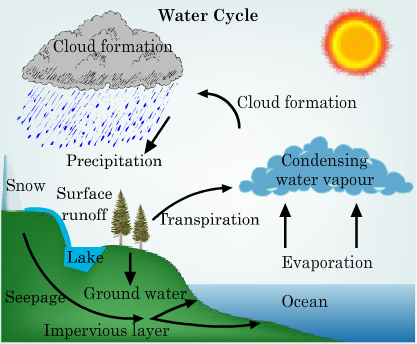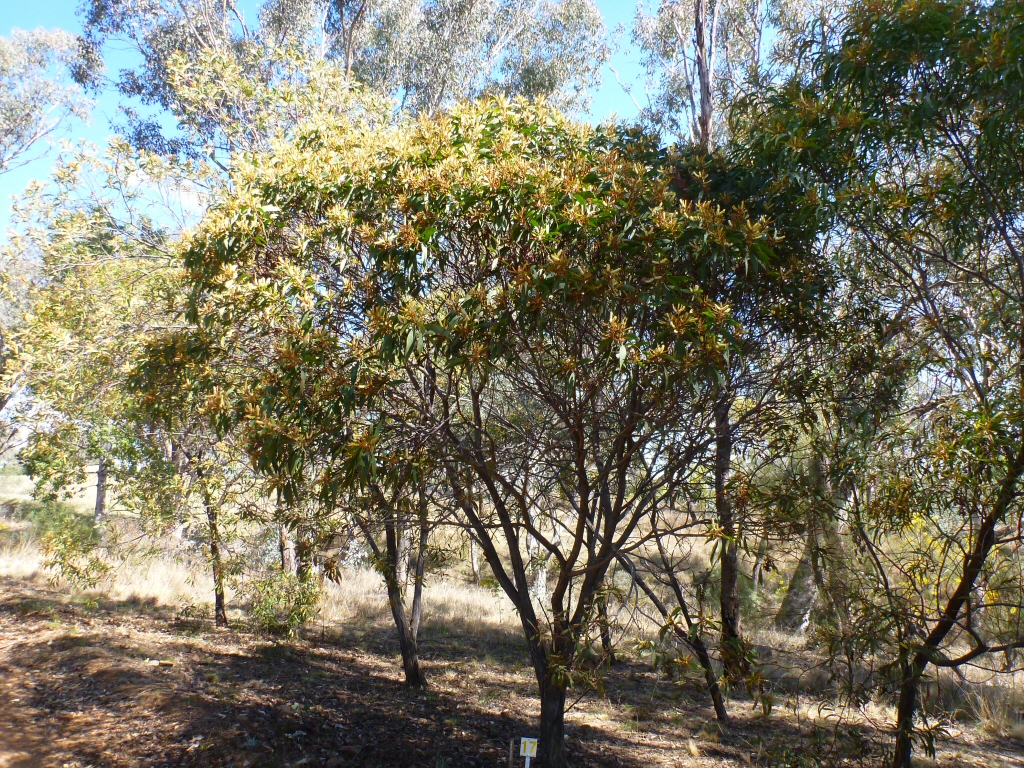Repair and Maintenance to Constructed Infrastructure
Constructed infrastructure normally has a long productive period and routine maintenance must be done to prevent deterioration. These facilities must thus be inspected on a regular basis and the founding recorded. A scheduled inspection program must be in place to ensure that maintenance and\or repairs are done in good time.

Prevention of Erosion
Water and wind erosion can be prevented in various ways. Wind erosion can be prevented by leaving vegetative matter as a ground cover on the soil’s surface. Windbreaks can also be used to prevent wind erosion. Natural wind breaks such as trees, scrubs and tall grass or a constructed windbreak from wooden poles and shade netting can be used. Lands that are compacted by heavy rain can also be loosened with a tine implement and it will stop the wind erosion.
Gazing must not be over utilised leaving bare areas where the top soil can be blown away with strong winds - always leaving some plant material for protection.
Water Erosion
Water erosion occurs in lands, along roads and waterways. The force of strong running water initially washes the topsoil away and if no preventing measures are taken, it will end up in a donga. Precautionary measures to prevent erosion:
- Water must flow in the natural direction with the contours of the land.
- The contour ridges in the lands must rectify the slope angles to slow down the water flow.
- The lands must be planned in such a way that the contours deposit the water into a water way (with grass covering) to take the water out of the lands.
- Contours, roads and water ways must be maintained and ensure that there is good grass covering to slow down the water flow.

Structures to Prevent Erosion
Bare areas: Areas without natural vegetation need to be camped off to prevent activities, other than precautionary measures, to occur. Use a single tine ripper and rip across the bare patch to break the flow of water. Implant seed or seedling in the loosened rows to regain a ground jacket.
Steep slopes: Strips of grass or other vegetation can be planted and make small erosion barriers with shade cloth\nets to assist with keeping the vegetation in place.
Waterways: Silt dams can be constructed to slow down the water and allow the silt to be deposited; eventually the dam will fill up and stop the erosion. Reeds or bamboo can also be used to slow down the water flow. Wire baskets can be filled with rocks and placed as an embankment to create a weir that will slow down the water and allow slit to be deposited. Run-off water from the catch-up areas can be embanked in a small dam and the overflow running into another small dam etc. A large dam, if allowed by topography, can be build and the water used for irrigation.

Improvement of Water Absorption of the Soil
The availability of water to soil can be increased by taking steps to increase the water absorption and retention of soil.
- Increase the organic material content of the soil - it improves the water holding capacity
- Leave Stover or plant material on the soil to prevent the run-off of rainwater.
- Certain cultivation practices assist with the water absorption and the prevention of evaporation.
- Make contours to slow down run off water, allowing more time for water absorption.
- Plant covering - assist soil to minimise evaporation.

Eradication of Alien Plants
Alien plants such as blue gum and black wattle trees use a tremendous quantity of water. The abolition of these plants along streams and in the catchments areas of rivers and dams will reduce the competition and the use of water. A plant’s water-need will vary in different seasons, production stages of the plant and the soil type. The crop farmer must ensure that he chooses the correct cultivars for his area and that he keeps the drought resistance of the cultivars or type of plant in mind.

Black Wattle